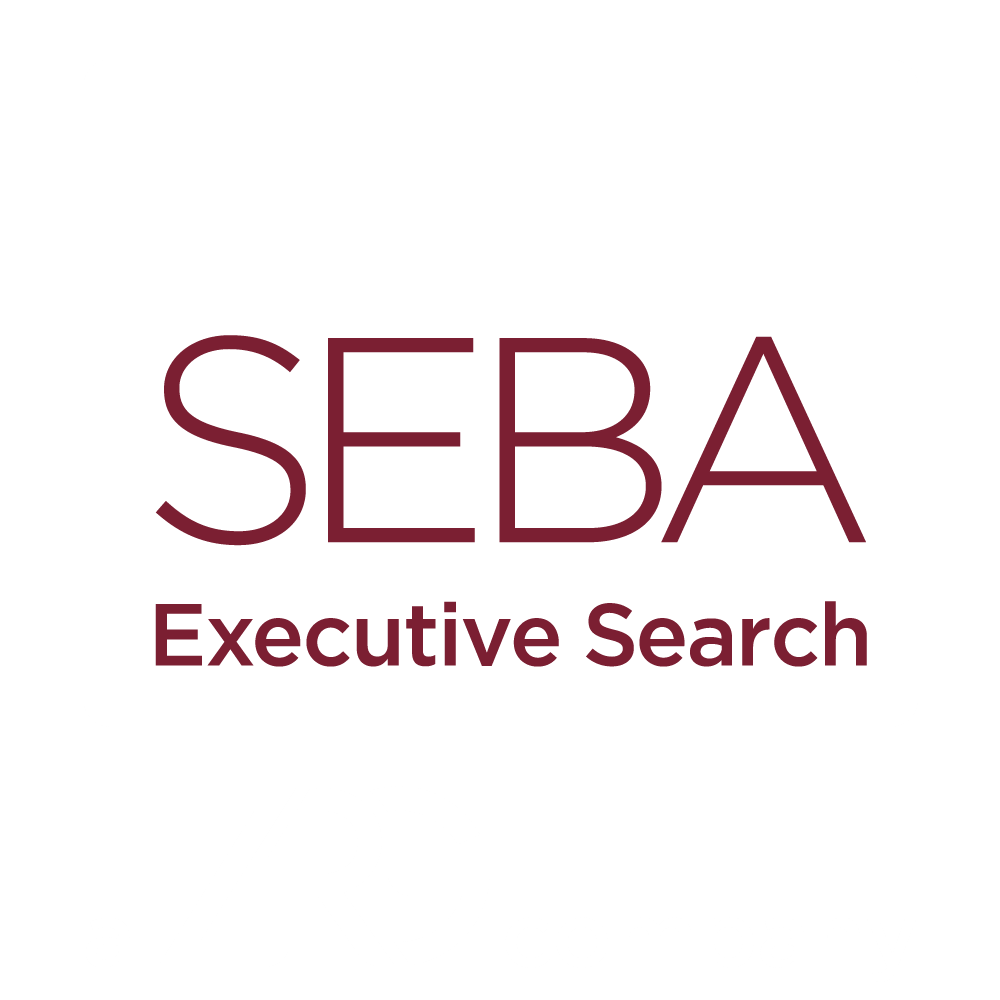From Acceptance to Start Date: How to Make Sure Candidates Show Up on Day One
Over the past few months, we’ve seen a number of articles about candidates who have accepted offers for new positions – excitedly, in most cases – who simply “ghost” when the start date rolls around, never to be heard from again. This is of course an extreme example, though similar situations do seem to occurring with increasing frequency as the job market continues to heat up and competition for top talent becomes even fiercer.
Across industries and functions, most of our candidates of late have had both a) multiple offers by the time they looked to make a final decision on the next step in their career, and b) a high confidence (usually correctly) that their current employer will look to make a counter-offer upon their resignation. While this is a risk that recruiters run regardless of time or economy, as strong talent becomes simultaneously more desirable and more scarce, employers are going above and beyond to attract, and in particular retain, their high performers.
What we have found particular interesting in this trend is that the candidate’s ultimate decision usually lies not with the financial offer or remit of the role, but rather the emotional connection to their current company & team – and more importantly, the connection to the company/team they are leaving to join.
As recruiters, the ultimate challenge lies in the unfortunate, but inherent, fact that a candidate’s current employer has typically had multiple years to create and develop relationships with the individual, and ‘make deposits’ of goodwill into the candidate’s psyche – regardless of the candidate’s feelings at the moment he or she decides to look externally. And as is only fair, most employers know full well that guilt can be a powerful tool, particularly when leveraged to ensure they are given the benefit of the doubt to ‘be a better place to work’ or ‘be a better boss.’ When that fails, there is always the promise of expanded responsibilities or an increase in title. And after all, as the old saying goes, “better the devil you know, than the devil you don’t”.
Beyond digressing into the psychological profile of an executive-level candidate who would interview for months, in many cases, and accept an offer, only to remain in their current status quo, we can only ask one question: How do we keep this from happening?
In our experience, clients (with the assistance of their search partners) must now focus more than ever on forging bonds with candidates at an expedited pace and with comparatively few points of interaction. The digitization of the recruitment process – the ubiquitous candidate portal, scheduling/coordinator bots, and a preference for email/texts rather than phone/video, to name a few – has decreased the number of human, personal interactions involved in getting a candidate from initial interest to their first day. Hiring managers are also busier than ever (that’s why they need more people, after all), and can feel it is the job of their HR/Recruiting colleagues to ensure a candidate is successfully brought across the transom. Technology has made many aspects of recruiting faster and easier – but since when has the easy way been the best way?
This can make for a perfect storm of cognitive bias. Since the candidate is being contacted by several different individuals via several channels (usually predominantly email and text), and is saying all the right things, it can be easy for clients to assume that they are fully engaged, with continued strong interest and best intentions. But as we have increasingly seen, this can be the most treacherous period of the recruitment process: just as the candidate is moving past interviews (and frequent face-to-face interaction) and negotiating/accepting an offer, their in-person interaction with their prospective new company/boss/culture hits a trough, right when they should be most engaged.
Once an offer is accepted, both candidate and client are provided the idle-hands opportunity to assume the other party is doing exactly what they would hope, and can fall victim to the blissful ignorance of time and distance. While clients are reveling in the closing of their dream candidate and enjoying the peace of mind of knowing that help is on the way, candidates are frequently doing just the opposite – considering the realities of resignation, the unknowns of a new opportunity (or location), and reassessing the comfortable familiarity of their current environs.
We do not suggest that all, or even most, candidates reach this late a stage in the process without fully considering all aspects of the opportunity they are pursuing – most candidates are in earnest throughout the process, and reach the conclusion much the same. But in the midst of an overheating market for talent, and given a predilection for the fast, easy, digital approach to communication, we encourage all clients and relationships to be more ever-present than ever before. As interest grows in a candidate, the more lunches, coffees, dinners, and introductions to stakeholders internally, the more likely your candidate will be excited to pay back some of the deposits you and your firm have made in them.
It is far easier to provide a candidate with all the information they need to inform a career move than it is to ensure they’ve felt everything they need to feel confident about joining your team. At the end of the day, people make decisions based on information and feelings, and neither can be discounted.
